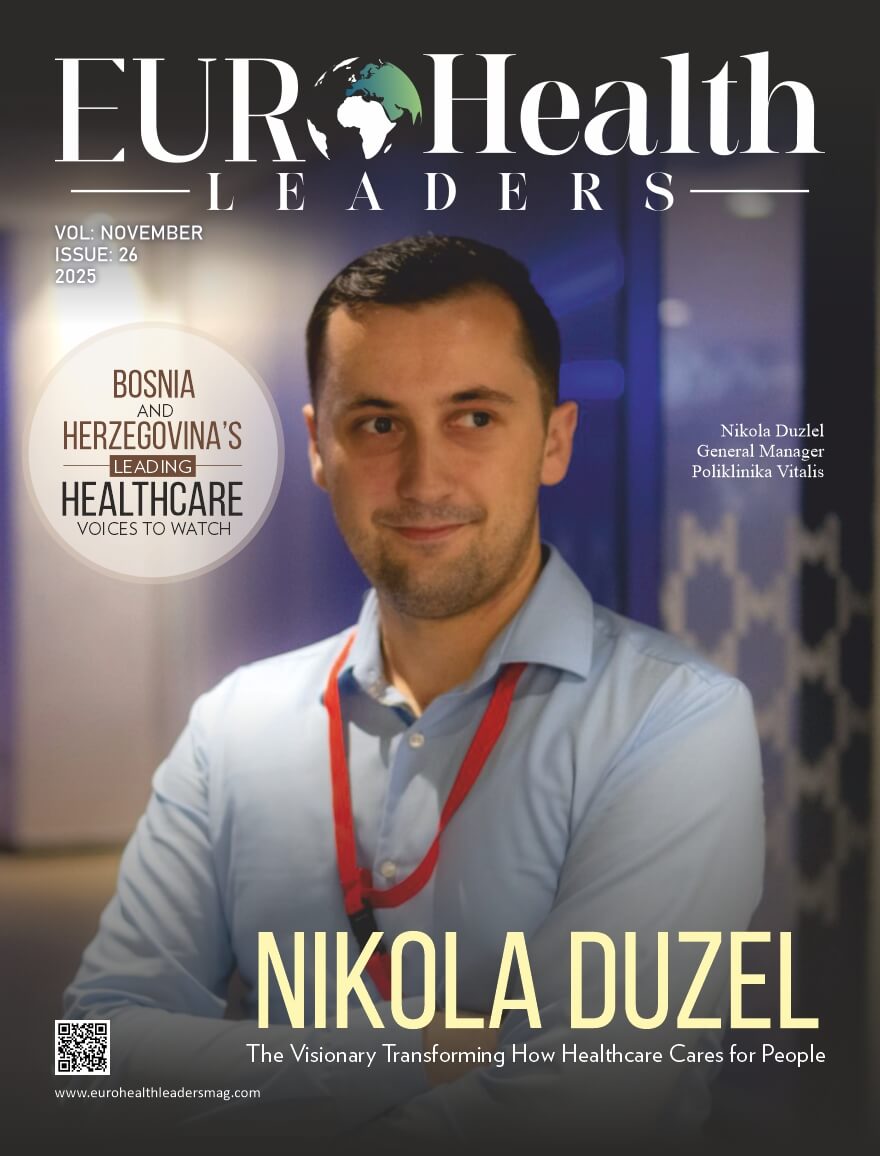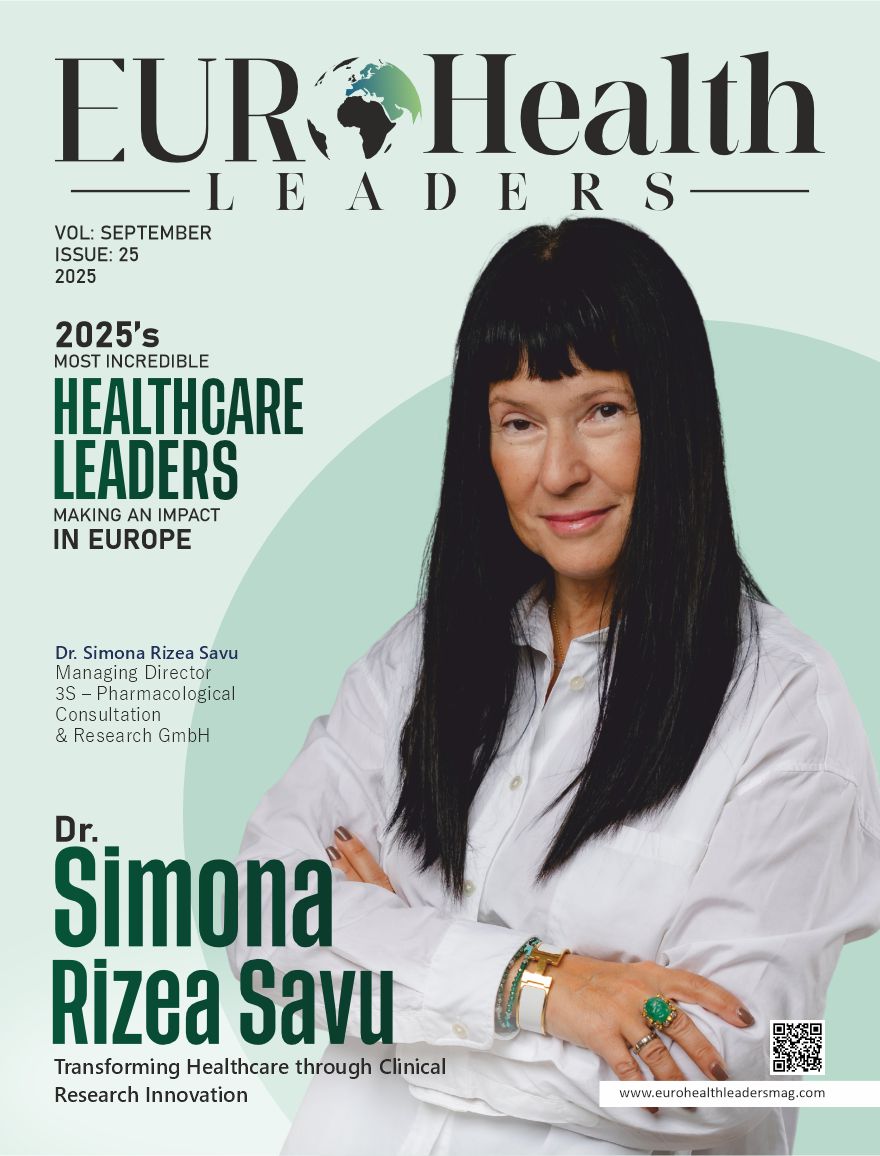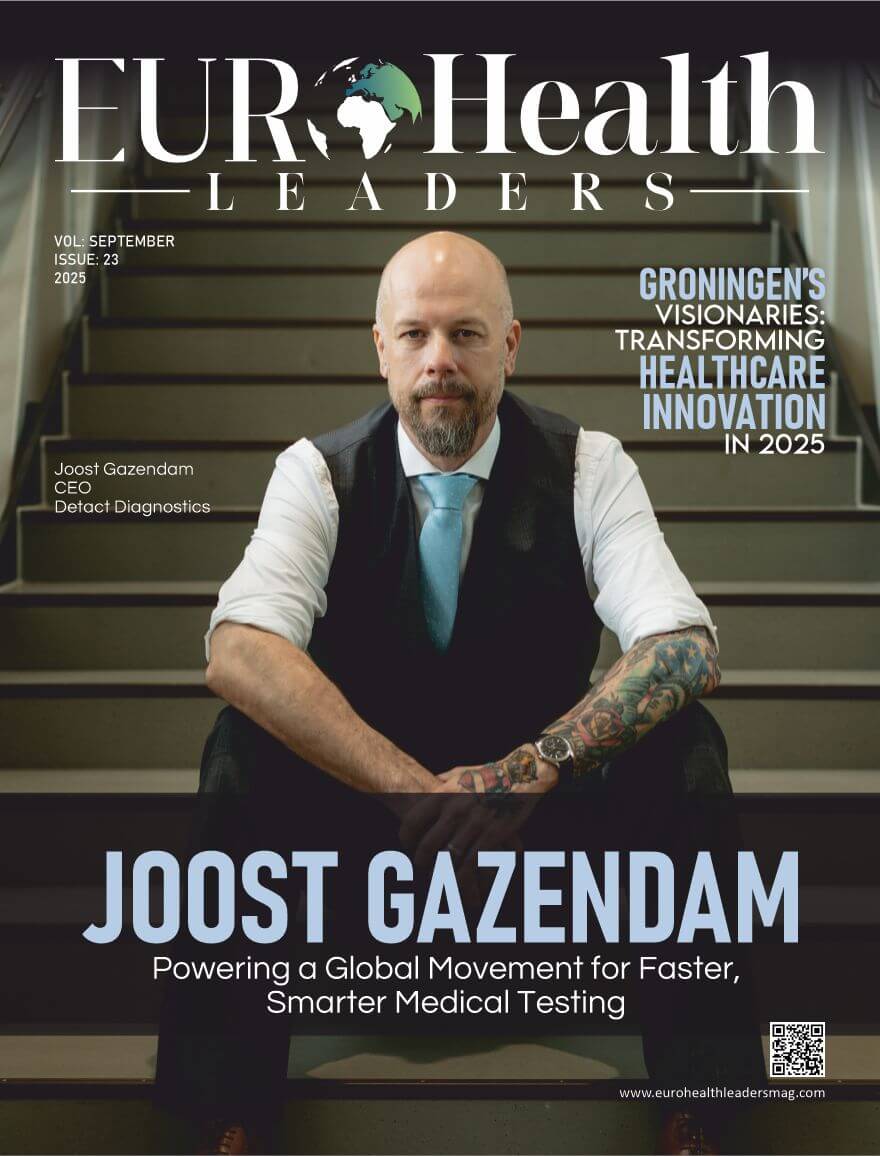Maternity Leave in Europe: A 2025 Forecast for Employees and Working Mothers
As of 2025, the debate on maternity leave in Europe continues to evolve, a reflection of the continent’s progressive orientation on family welfare, gender equality, and labor productivity. From lucrative leave length to flexible return-to-work policies, the European strategy is the benchmark globally. But what really makes up maternity leave in Europe across nations? And its impact on staff and managers?
It’s essential reading for working mothers and businesses that want to create welcoming, empathetic workplaces. If you’re having a family, an HR director, or simply interested in how Europe is re-writing the rule book on supporting parents in employment, this handbook gives an overview of how the continent is redefining parental support in the workplace.
What Defines Maternity Leave in Europe in Countries?
Maternity leave in Europe is the envy of most of the world as it is liberal. Most countries have paid maternity leave with government, employer, or government-employer paid policies. EU directives offer at least 14 weeks of paid maternity leave, but individual states manage to surpass this requirement considerably.
For instance, in Sweden, a mother can split up to 480 paid parental leave days with her partner, and Estonia provides up to 85 paid weeks of leave with a very high income replacement rate. On the other end are Ireland and the UK, with relatively shorter durations, but still well above the world average.
This structured practice benefited not only the mothers but also brought a greater harmony and empathy to the workforce. The emphasis on being paid for leave also serves as a significant aspect of keeping employees and making them happy.
Why Maternity Leave in Europe is a Global Model of Equality
Perhaps the most unique feature of maternity leave in Europe is its focus on both gender equality and familial well-being. Policies are set to relieve pressure from mothers while encouraging fathers to participate in childcare. Parental leave is typically available in most European countries, with partners being able to share it jointly, thus allowing the family to make choices that suit them best.
Moreover, maternity leave in Europe is also accompanied by job protection provisions, such that the mothers can return at the same rank or a similar rank with the same remuneration and benefits. This not only affords peace of mind but also encourages greater workforce participation among women.
Long-term benefits spill over beyond the workplace. Studies have shown that countries with excellent maternity leave in Europe policies exhibit lower infant mortality rates, improved maternal health, and improved child development indicators.
Differences Across Countries Under Maternity Leave in Europe
Whereas the EU sets overall parameters, maternity leave in Europe in no way uniform. Each country its own policy package, shaped by cultural perspectives, financial resources, and social priorities.
Mothers in Germany are entitled to 14 weeks’ paid maternity leave—six weeks before and eight weeks after giving birth. France offers 16 weeks, with additional time for twin births or complications.
Norway stands out for its elastic parental benefit scheme, in which mothers can take 49 weeks at full pay or 59 weeks at 80% of their salary. Poland and the Czech Republic, by contrast, provide long durations of paid leave, occasionally topped up with additional allowances or child care support.
Such diversity emphasizes the fact that maternity leave in Europe is not one policy but a range of systems attuned to regional values and capacities.
Key Challenges Facing Maternity Leave in Europe in 2025
Despite its strong foundation, maternity leave in Europe is not without its drawbacks. Arguably the largest draw is the disparity between income compensation levels, which can discourage low-income mothers from taking full advantage of their granted leave.
Also, small companies will struggle to accommodate for long periods of absence, leading to gaps in staff or additional burdens on other employees. Even though government subsidies exist in the majority of countries, the administrative cost and effort remain large issues.
There is also a recent controversy surrounding the inclusivity of maternity policy. With more complex and varied family structures, many are pushing for broadened definitions of “parent” to ensure that all caregivers—regardless of gender or biological relationship—are treated equally.
Even in the face of these challenges, though, they are being addressed in an active manner through policy updates, online benefits, and public-private partnerships designed to enhance maternity leave in Europe systems.
The Future of Maternity Leave in Europe: Trends to Watch
In the future, maternity leave in Europe will only be more flexible and accessible to more individuals. In recent years, a number of countries have invented “family leave packages” that are accessible to families for allocating leave time at their choice. Remote working possibilities and double-office practices also enable it for young mothers to balance their personal as well as professional commitments.
Technology is also on the agenda, as websites are facilitating the application process and tracking maternity benefits. And corporate life is evolving too, as companies begin perceiving maternity leave in Europe less as a business obstacle but more as a means of attracting talent and creating long-term allegiance.
In 2025, maternity leave in Europe is no longer a legal right—it’s a social norm that demonstrates deep respect for parenthood, gender equality, and holistic well-being.
Conclusion
As of 2025, maternity leave in Europe continues to hold the world standard with its generous, thoughtful approach. While policies vary country to country, the unifying factor remains: looking after families through the pivotal phase of first parenthood.
For working mothers, maternity leave in Europe offers more than time off—it offers security, dignity, and the opportunity to go back to work without sacrificing family values. For managers, it’s an opportunity to build healthy, humane organizations.
Understanding maternity leave in Europe isn’t just good for you—it’s imperative. You may be experiencing it as a expectant parent or crafting policy as a policymaker, but the European model is one to learn about and emulate.
Read More – Click Here










